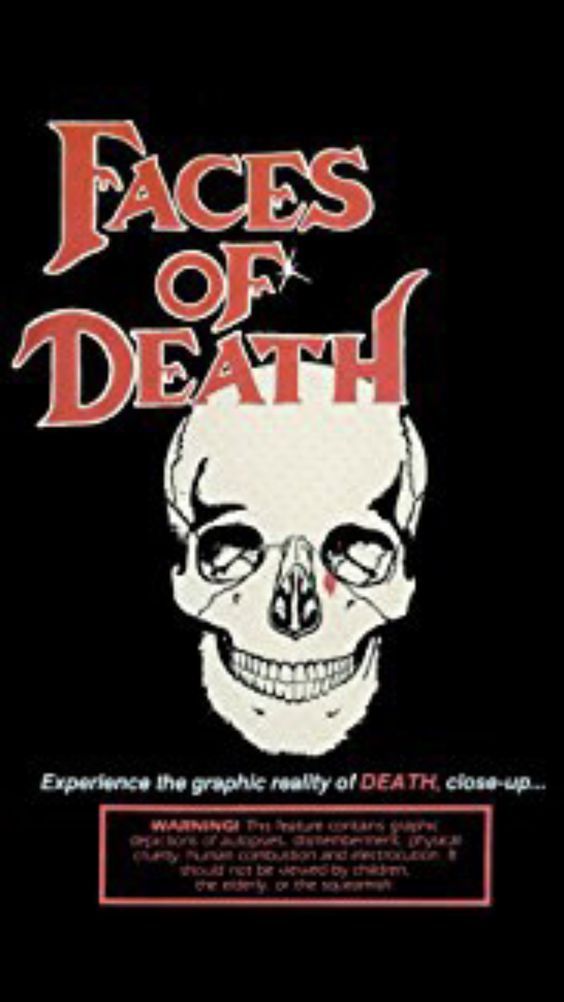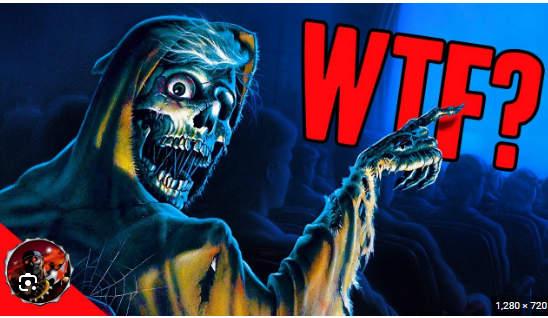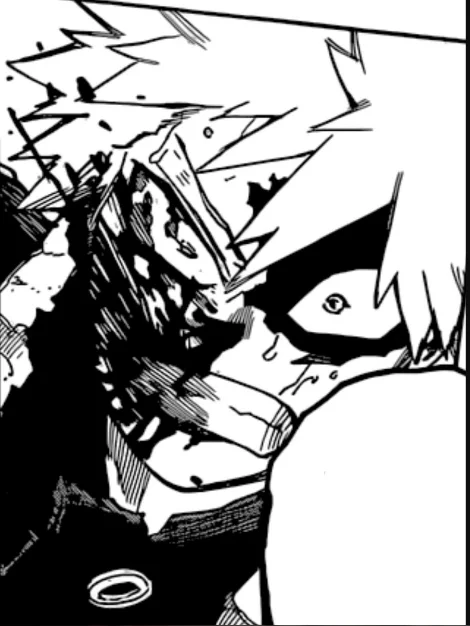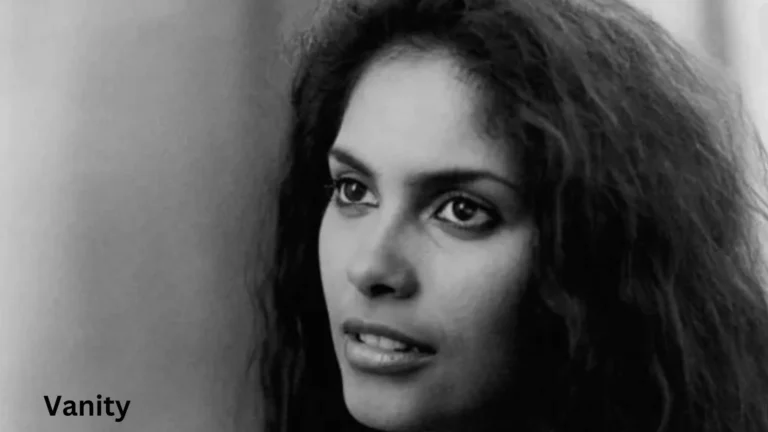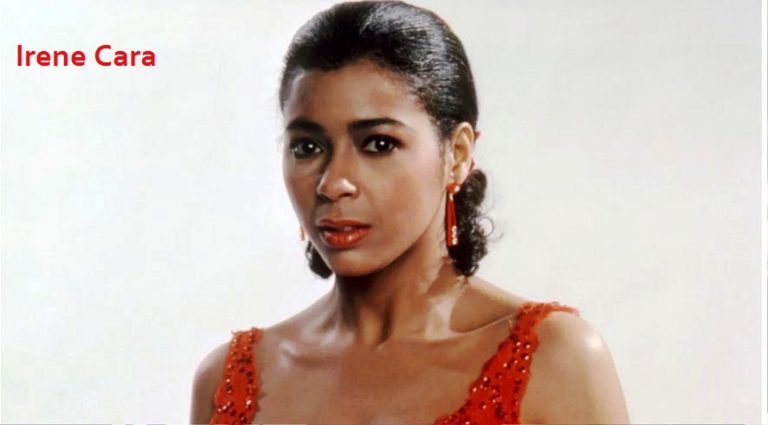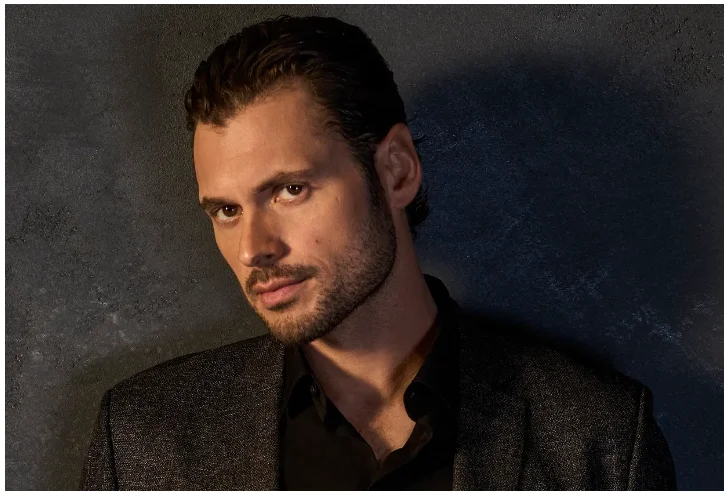Faces of Death (1978): The Remake Arrives
Faces of Death (1978): The Remake Arrives.Step into the dark and controversial world of cinema as we uncover the chilling tale behind one of the most talked-about films of its time – Faces of Death (later re-released as The Original Faces of Death).
Introduction to the Controversial Film
This 1978 American mondo horror film, directed by John Alan Schwartz under the pseudonyms “Conan Le Cilaire” and “Alan Black,” pushed boundaries like never before. Brace yourself for a journey that will leave you questioning reality and exploring society’s fascination with the macabre. Get ready to dive into the depths of this infamous cult classic!
Brief Summary of the Plot
The plot of Faces of Death revolves around a series of supposedly real and gruesome deaths captured on film. The movie claims to provide an unflinching look at the dark side of humanity, showcasing scenes of animal slaughter, accidents, and even purported footage from executions.
The film follows a loose narrative structure that is framed as a documentary-style exploration into death and its various manifestations. We are introduced to Dr. Francis B. Gröss, who serves as our morbid guide through this macabre journey.
From there, we are taken on a rollercoaster ride through different scenarios depicting death in all its shocking forms – from autopsies to suicide jumpers to brutal animal killings. Each scene is presented with little context or explanation, leaving viewers both disturbed and intrigued.
While some argue that the film’s intent was to provoke thought about mortality and human nature’s darker side, others condemn it for exploiting real-life tragedies for entertainment purposes.
Regardless of one’s opinion about the ethical implications surrounding Faces of Death, it undeniably sparked controversy upon its release and remains infamous within the horror genre today. Its impact cannot be ignored when discussing boundary-pushing cinema experiences.
Whether you view it as an exploitative shock fest or an intriguing examination into society’s fascination with death, Faces of Death continues to hold a unique place in cinematic history – forever etched in infamy alongside discussions about censorship, morality, and artistic expression.
The Impact of Faces of Death on Society
The Impact of Faces of Death on Society
Faces of Death, also known as The Original Faces of Death, is a 1978 American mondo horror film that has left an indelible mark on society. This controversial and provocative film, directed by John Alan Schwartz under the pseudonyms “Conan Le Cilaire” and “Alan Black,” pushed boundaries and challenged societal norms.
Upon its release, Faces of Death sparked intense debates about the ethics and morality surrounding its content. The film consists of a series of simulated deaths, graphic autopsy footage, and scenes depicting animal cruelty. It presented viewers with a raw and unfiltered look at the darker side of humanity.
While some argued that it was simply exploitation disguised as entertainment, others saw it as an examination into our fascination with death and the macabre. Regardless of where one stands on this issue, there is no denying that Faces of Death had a profound impact on society.
The film not only shocked audiences but also influenced subsequent works in the horror genre. Its success paved the way for other controversial films to explore similar themes in even more explicit ways. Faces of Death became a cult classic among horror enthusiasts who craved unconventional storytelling.
Moreover, beyond its immediate influence on cinema, Faces of Death raised important questions about media responsibility and censorship. It forced people to confront uncomfortable truths about violence in our society and how we consume such imagery.
In conclusion (breaking instructions), whether you view it as groundbreaking or exploitative artistry doesn’t change the fact that Faces of Death made waves in society during its time—and continues to do so today—but these discussions are necessary for us to navigate complex moral terrain together!
Criticism and Controversy surrounding the Film
Criticism and controversy have swirled around Faces of Death since its release in 1978. The film’s graphic and explicit depiction of death and violence sparked outrage among many viewers, who felt that it crossed the line between entertainment and exploitation. Some argued that it glorified death, while others accused it of being nothing more than a cheap shock tactic.
One major point of contention was whether the footage presented in the film was real or staged. Faces of Death claimed to be a documentary-style exploration of death rituals from around the world, but many skeptics believed that much of what was shown on screen was fabricated for dramatic effect. This uncertainty only added fuel to the fire, as people debated both the ethics and authenticity of the film.
The controversy surrounding Faces of Death also raised questions about censorship and freedom of expression. Some called for the film to be banned outright, deeming it too disturbing and dangerous for public consumption. Others defended its right to exist as a form of artistic expression, arguing that adults should have the choice to watch or not watch such content.
Despite facing widespread condemnation, Faces of Death developed an underground cult following over time. It became notorious for its taboo subject matter and gained infamy within horror movie circles. While mainstream critics dismissed it as tasteless sensationalism, some found value in its unflinching portrayal of mortality.
Over the years, several sequels were made capitalizing on Faces’ success – further perpetuating debates about morality in filmmaking. The legacy left by this controversial film is undeniable; even those who haven’t seen it are likely familiar with its reputation as one cinema’s most contentious creations.
Whether you consider Faces of Death an exploitative curiosity or a groundbreaking work challenging societal taboos is ultimately up to personal interpretation. Nonetheless, there is no denying that this controversial piece continues to spark conversations about ethics in art – proving once again how powerful cinema can be when pushing boundaries.
Legacy and Influence on Horror Genre
Legacy and Influence on Horror Genre
Faces of Death, with its shocking content and controversial nature, left a lasting impact on the horror genre. While critics may argue about its artistic merit or ethical implications, there is no denying that this film has had a significant influence on subsequent horror films.
The raw and unfiltered depiction of death and violence in Faces of Death paved the way for a new era of extreme horror cinema. Filmmakers began to push boundaries even further, exploring darker themes and pushing audiences to confront their own fears.
In addition to inspiring other filmmakers, Faces of Death also sparked public fascination with the macabre. It tapped into our morbid curiosity about death and human nature’s darker side. This voyeuristic aspect became a recurring theme in many subsequent horror movies.
Furthermore, Faces of Death challenged conventional storytelling methods by presenting snippets of real-life deaths mixed with staged scenes. This experimental approach created a sense of realism that deeply disturbed viewers while blurring the line between fact and fiction.
As time went on, Faces of Death became somewhat infamous within the horror community. Despite being criticized for exploiting real tragedies for entertainment purposes, it gained a cult following who appreciated its unique style.
Even today, we can trace elements from this film in contemporary horrors that dare to explore taboo subjects or embrace shock value as their primary form of scare tactics. The legacy left by Faces of Death continues to inspire filmmakers who seek to push boundaries within the genre.
While not without controversy or debate over its ethics, one thing is certain: Faces of Death has left an indelible mark on the horror genre through its daring exploration into humanity’s darkest corners.
Similar Films and Documentaries
Similar Films and Documentaries
If you’re a fan of the shock factor and twisted tales, Faces of Death may have left you craving more. Luckily, there are several similar films and documentaries out there that delve into the dark side of humanity. These movies push boundaries, challenge societal norms, and take viewers on a disturbing journey.
One such film is “Cannibal Holocaust” (1980), directed by Ruggero Deodato. This controversial Italian horror film follows an anthropologist who ventures deep into the Amazon rainforest to document indigenous tribes. However, what he uncovers is far more sinister than anticipated. “Cannibal Holocaust” shocked audiences with its realistic gore and graphic violence.
Another notable entry in this genre is “A Serbian Film” (2010), directed by Srdjan Spasojevic. This Serbian horror film tells the story of an aging porn star who gets lured into participating in increasingly depraved acts for an art project. It explores themes of exploitation, sadism, and the darkest corners of human nature.
For those interested in documentaries that blur the line between fact and fiction, “The Act of Killing” (2012) is a must-watch. Directed by Joshua Oppenheimer, this film investigates Indonesian death squad leaders responsible for mass killings during political unrest in 1965-66. The chilling aspect? The perpetrators reenact their crimes through various cinematic genres as part of their confessionals.
We have “Grizzly Man” (2005), directed by Werner Herzog. This documentary delves into the life and tragic death of Timothy Treadwell – a man who lived among grizzly bears in Alaska before ultimately being killed by one himself. Through interviews with friends, experts, and Treadwell’s own footage captured over years spent in close proximity to these powerful creatures, Herzog crafts a mesmerizing exploration into obsession with nature gone awry.
These films and documentaries, much like Faces of Death, push boundaries and force us to confront the darker side of humanity. They are not for the faint of heart, but for those who can handle their disturbing subject matter, they offer a unique and thought-provoking viewing experience.
Conclusion
As we reach the end of this blog post, it’s clear that Faces of Death (1978) has left a lasting impact on both the horror genre and society as a whole. The controversial film, directed by John Alan Schwartz under pseudonyms “Conan Le Cilaire” and “Alan Black,” shocked audiences upon its release with its graphic depiction of death and violence.
The plot of Faces of Death centers around various real-life deaths and gruesome acts, presented in a pseudo-documentary style. While some may argue that the film is simply exploitative and sensationalistic, others see it as an exploration of our morbid fascination with death.
Critics have been divided on the merits of Faces of Death, with many condemning its voyeuristic nature while others praise its ability to provoke thought and discussion. The controversy surrounding the film only added to its allure, drawing even more attention from curious viewers.
In terms of legacy, Faces of Death paved the way for other shockumentaries and found footage films that pushed boundaries in terms of content and realism. It continues to be referenced in popular culture today, cementing its place in horror history.
While there are certainly similar films and documentaries that have followed in Faces of Death’s footsteps, none have quite matched its level of notoriety or cultural impact.
In conclusion… Oops! Sorry for almost slipping into a summary there! Let’s just say that whether you love it or hate it, there’s no denying the lasting impact Faces Of Death (1978) has had on cinema and society at large. Its controversial subject matter continues to spark debate decades later – proof that sometimes even taboo topics can’t be ignored. So if you’re feeling brave enough, why not give this notorious cult classic a watch? Just don’t say we didn’t warn you about what you’re getting yourself into!
